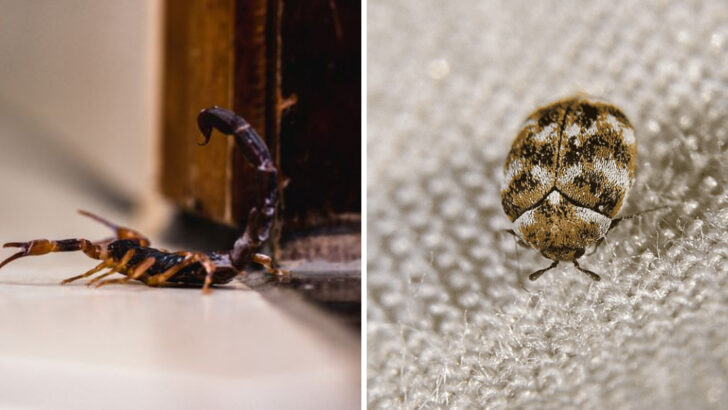Pests are the uninvited guests you never want but can’t seem to shake off. From tiny ants marching through your kitchen to rodents scurrying behind walls, these intruders can wreak havoc on your home. If you think your house is immune, think again—chances are, you’ve had a visit from one of these troublemakers.
Whether it’s the fear of disease, property damage, or simply the nuisance of sharing your space, these pests don’t stop at the door. Each one presents its own set of challenges, but don’t worry—we’ve got the solutions you need to take back control of your home.
In this post, we’ll reveal the top 20 pests that are making themselves at home in American households and give you the insider tips on how to kick them out for good. Get ready to defend your turf.
Ants
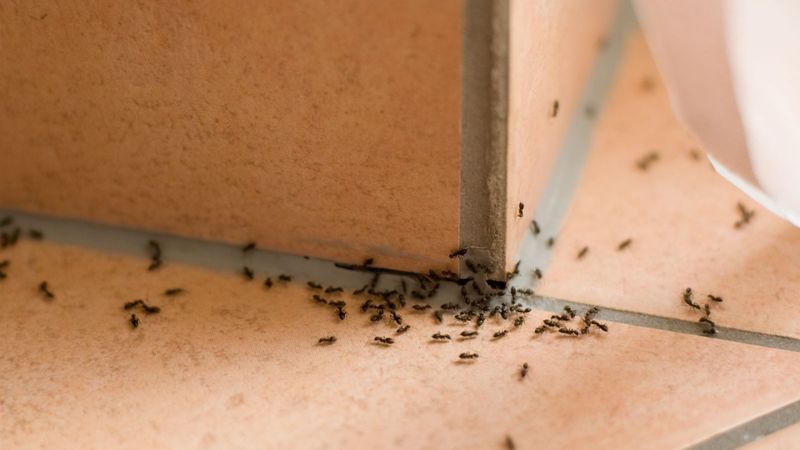
Ants march into homes, usually in search of food. These tiny invaders can be a major nuisance. They often form lines along countertops or invade sugary substances left out.
To prevent them, ensure all food is sealed and surfaces are clean. Using bait traps can help eliminate entire colonies. Natural remedies like vinegar sprays can deter them without chemicals.
Cockroaches
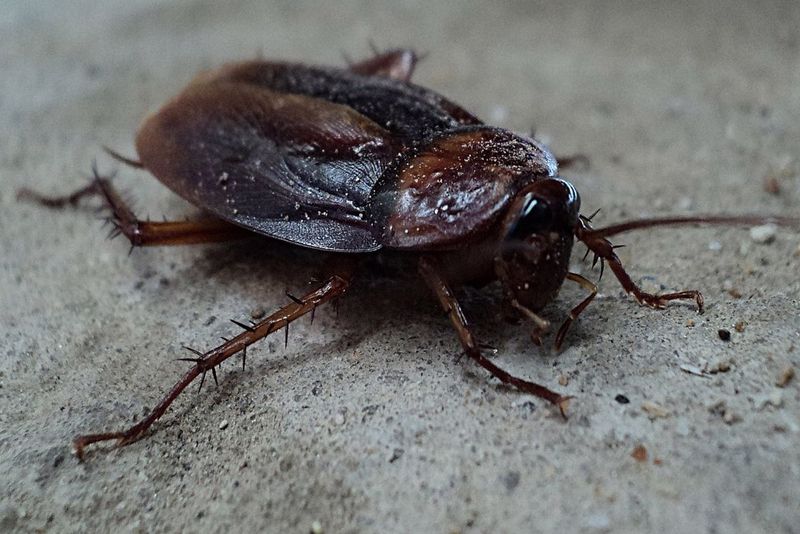
Cockroaches are resilient pests that thrive in warm, humid environments. They are known for spreading disease and can aggravate allergies.
To control them, it’s crucial to eliminate their food sources by keeping kitchens spotless and storing food in sealed containers. Regularly check for and seal entry points. Consider professional extermination for severe infestations.
Rodents
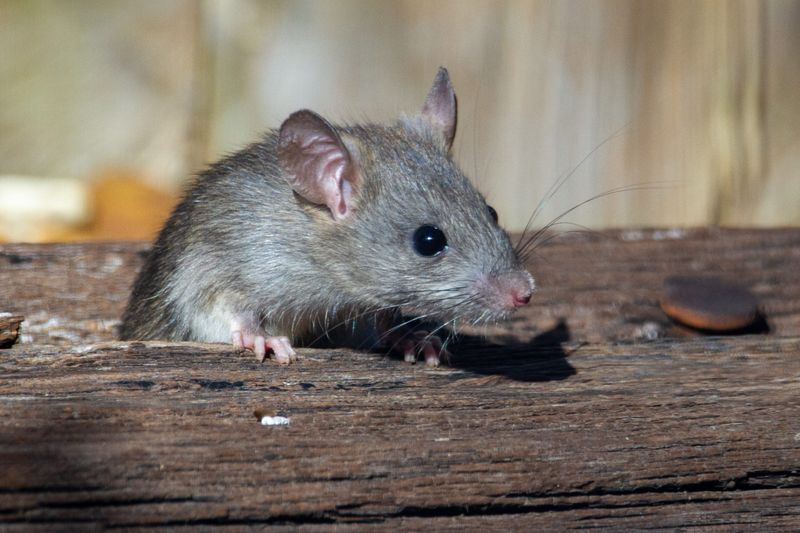
Rodents such as mice and rats can chew through wires and spread diseases. They are attracted to food and warmth.
To keep them out, seal any cracks or openings in walls and foundations. Use traps or bait stations to capture or kill them. Keeping food tightly sealed and areas clean reduces their attraction.
Bed Bugs
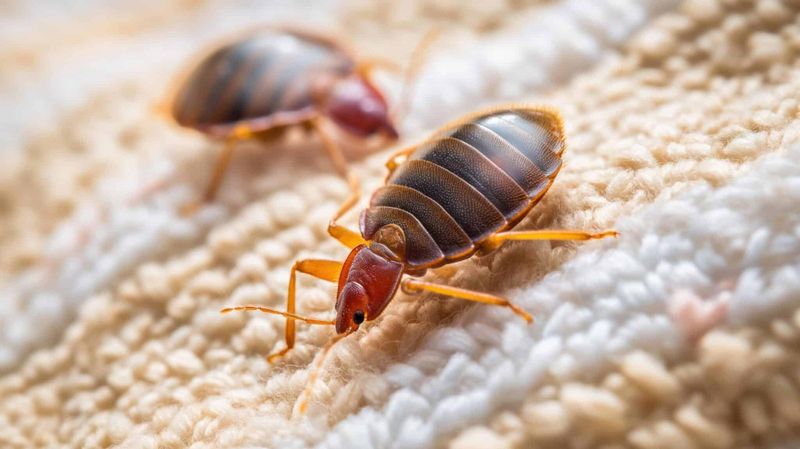
Bed bugs are small, elusive insects that feed on human blood. They often hide in mattresses and furniture.
To get rid of them, wash bedding in hot water and vacuum regularly. Encase mattresses and consider professional heat treatments. It’s important to act quickly to prevent spreading.
Mosquitoes
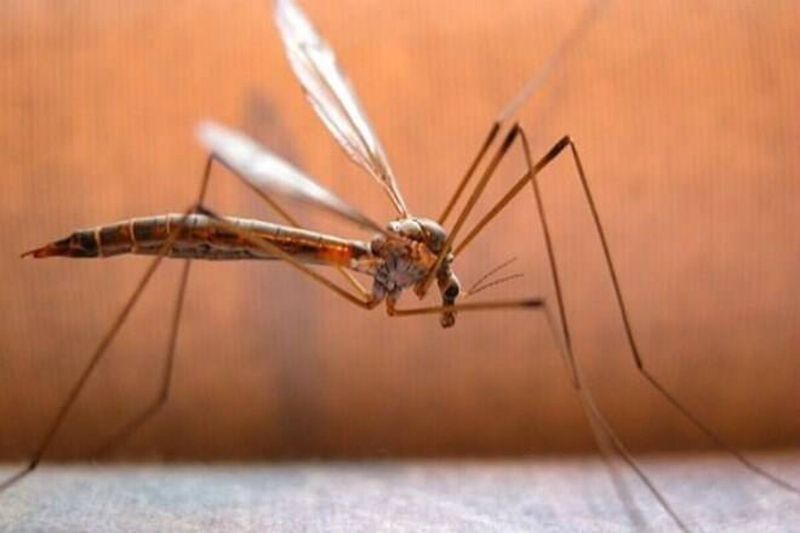
Mosquitoes are more than just annoying; they can transmit diseases like West Nile Virus. They breed in standing water, so it’s essential to eliminate these sources.
Use insect repellent and install screens on windows. Consider using mosquito traps or hiring professional pest control in heavily infested areas.
Termites
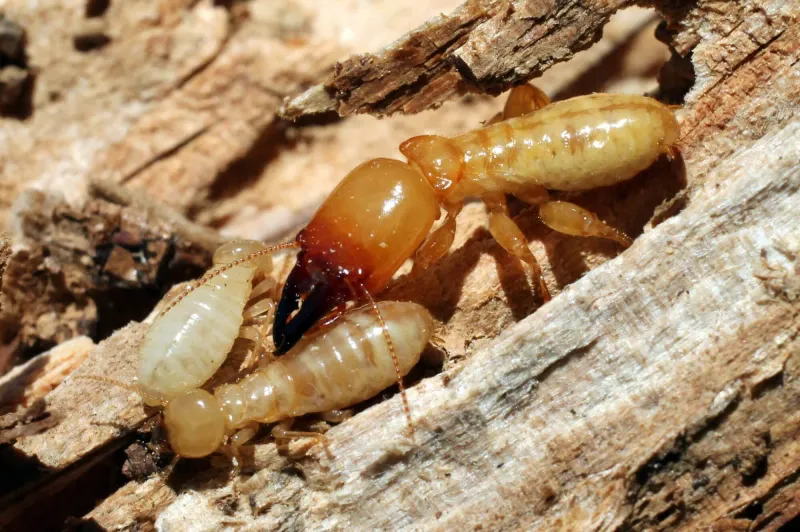
Termites can cause significant structural damage by feeding on wood. They often go unnoticed until substantial harm is done.
Regular inspections and maintaining a dry environment are key to prevention. If signs of termites are found, such as mud tubes or hollow wood, contact professionals immediately for treatment.
Flies
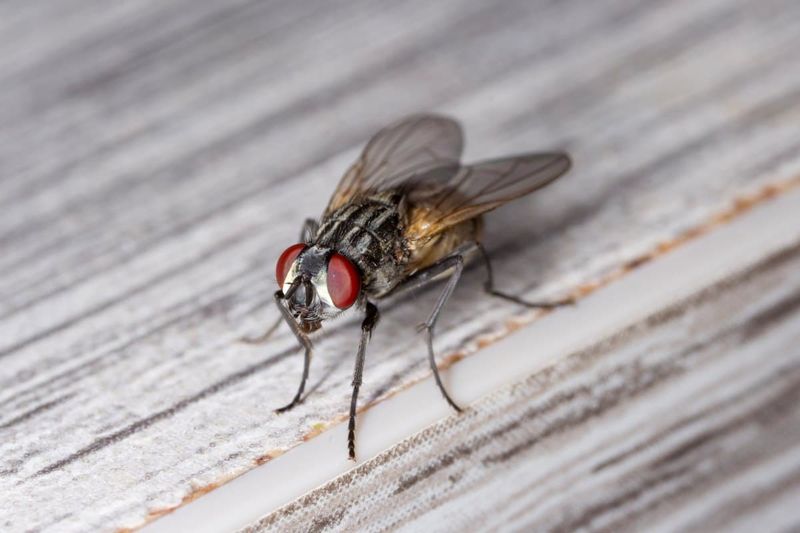
Flies are common pests that can contaminate food and surfaces. They are attracted to organic waste and food residues.
To control them, keep trash bins covered and clean. Use fly traps or sprays as necessary. Installing screens and maintaining cleanliness can prevent future infestations.
Spiders
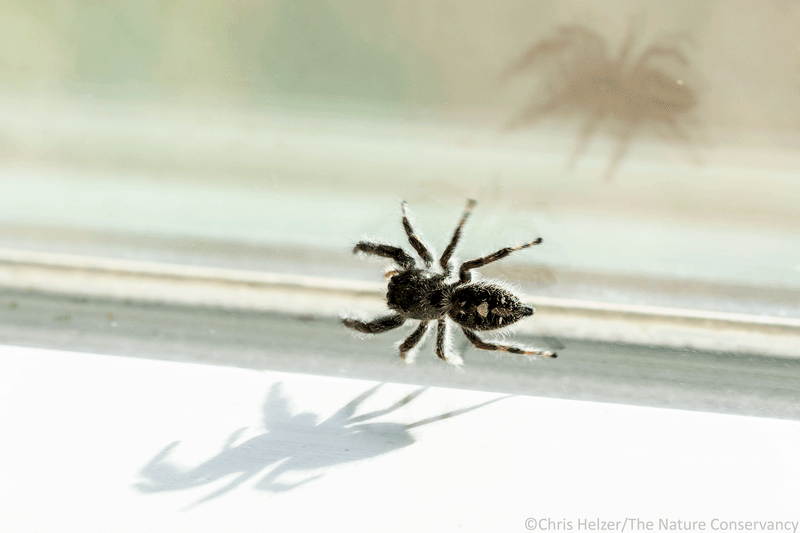
Spiders, while beneficial outdoors, can be unwanted indoors. They feed on insects, which makes them helpful but still undesirable for many.
Regular dusting and vacuuming of corners can discourage them. Sealing cracks and using natural deterrents like peppermint oil can prevent their entry.
Silverfish
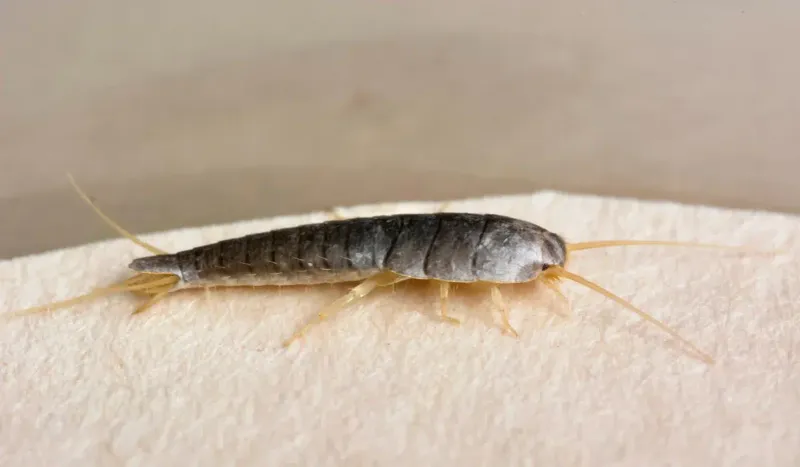
Silverfish are small, wingless insects that thrive in moist environments. They can damage paper goods and clothing.
Reduce humidity in areas like basements and bathrooms to deter them. Dehumidifiers and proper ventilation help control moisture. Traps can catch existing silverfish.
Wasps
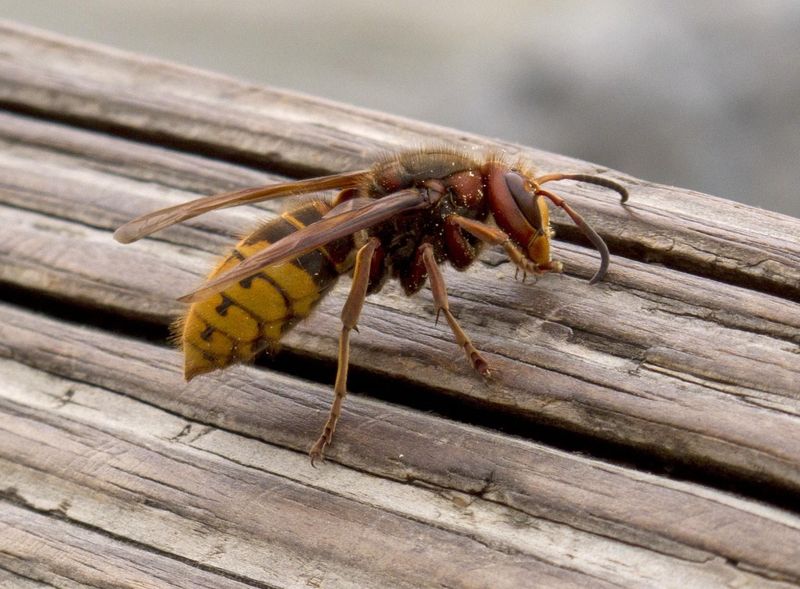
Wasps can be aggressive and their stings painful. They often build nests under eaves or in garden sheds.
To manage them, promptly remove nests with professional help if necessary. Avoid leaving sugary foods uncovered outside, as this attracts them. Sealing potential entry points can prevent nesting.
Bees
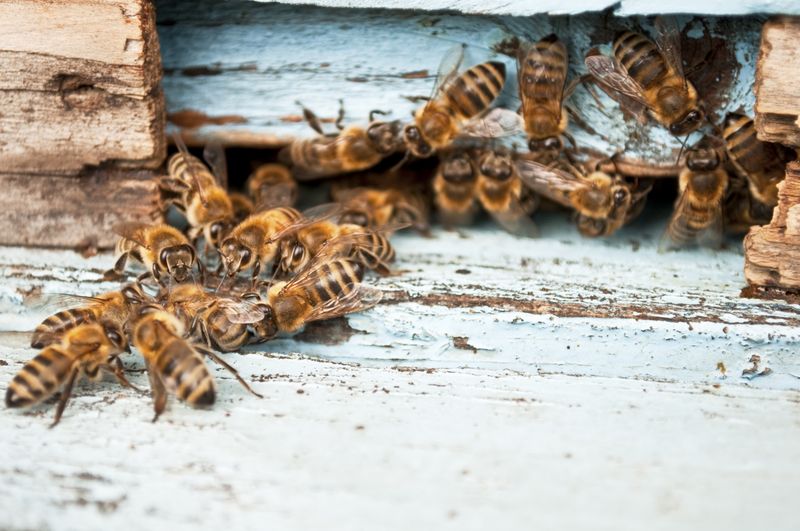
While bees are vital for pollination, they can become pests if they nest too close to homes.
It’s best to contact a beekeeper to relocate hives safely. Avoid using pesticides that can harm beneficial populations. Encourage natural deterrents by planting bee-repellent plants around the home.
Ticks
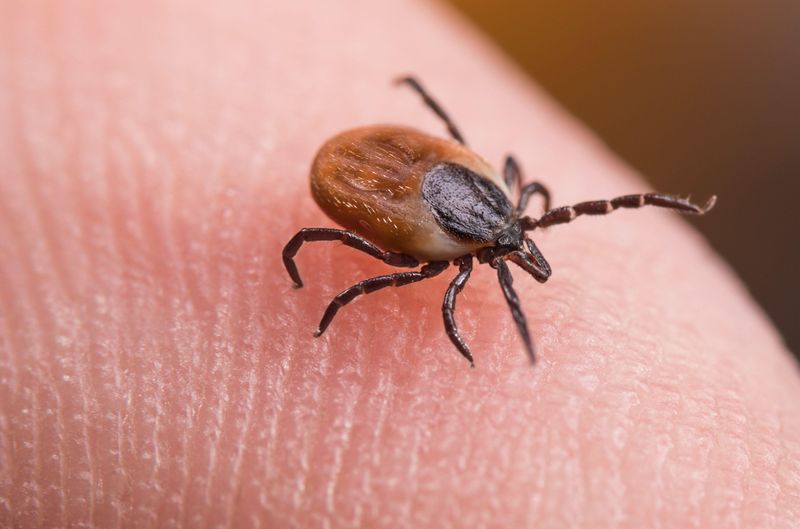
Ticks are a health hazard due to their ability to carry Lyme disease and other illnesses. They thrive in wooded or grassy areas.
Wear long clothing when in tick-prone areas and use repellent. Regularly check pets and family members for ticks. Maintain a tidy yard to reduce habitats.
Earwigs
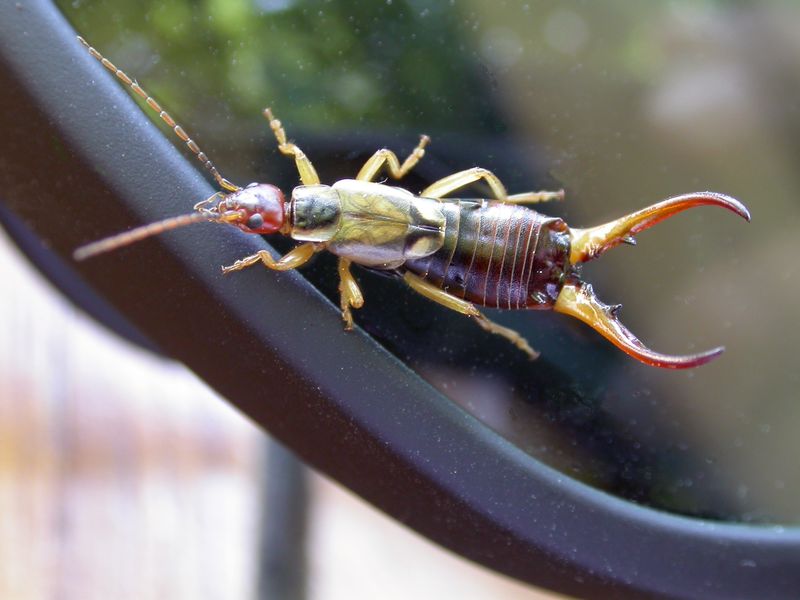
Earwigs are nocturnal insects that prefer damp, dark places. They can feed on plants and decaying material.
Keep gardens tidy and remove debris to reduce their habitat. Use traps or insecticidal sprays if necessary. Proper drainage in garden areas helps prevent infestation.
Centipedes
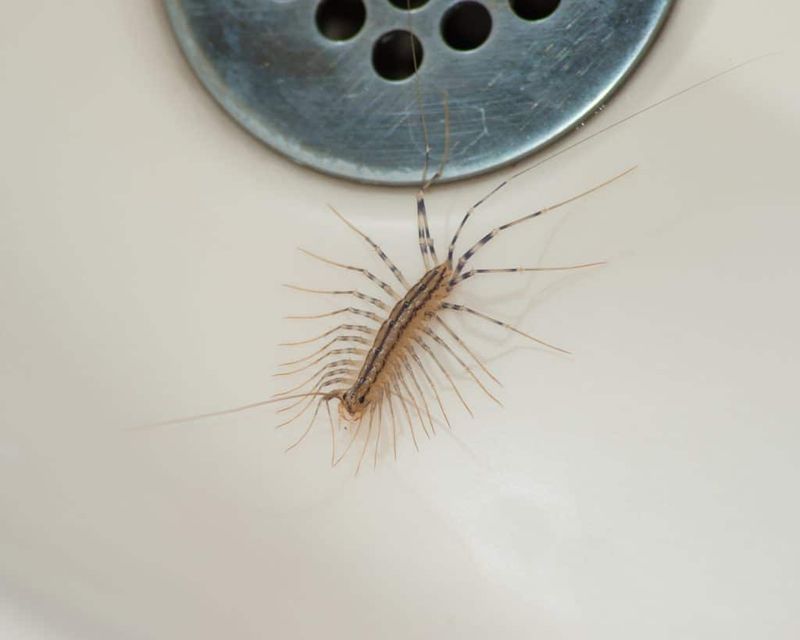
Centipedes are fast-moving, multi-legged insects that thrive in moist environments. They can be startling but generally beneficial as they prey on other insects.
Reduce humidity in your home to discourage them. Seal cracks and gaps where they might enter. Regular cleaning limits their prey and reduces their presence.
Stink Bugs
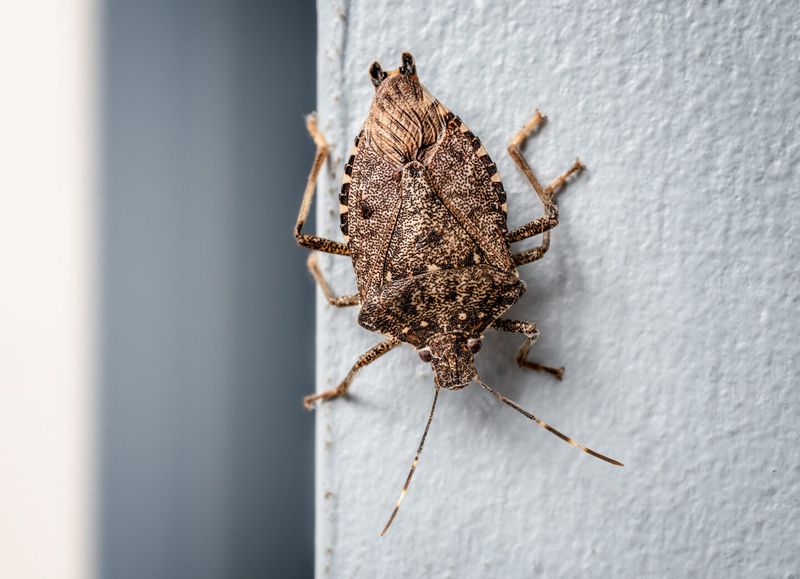
Stink bugs are known for their unpleasant odor when crushed. They enter homes seeking warmth.
Seal entry points and use screens to keep them out. Catch them with traps or by hand, being careful not to crush them indoors. Vacuuming can help manage their numbers.
Pantry Moths
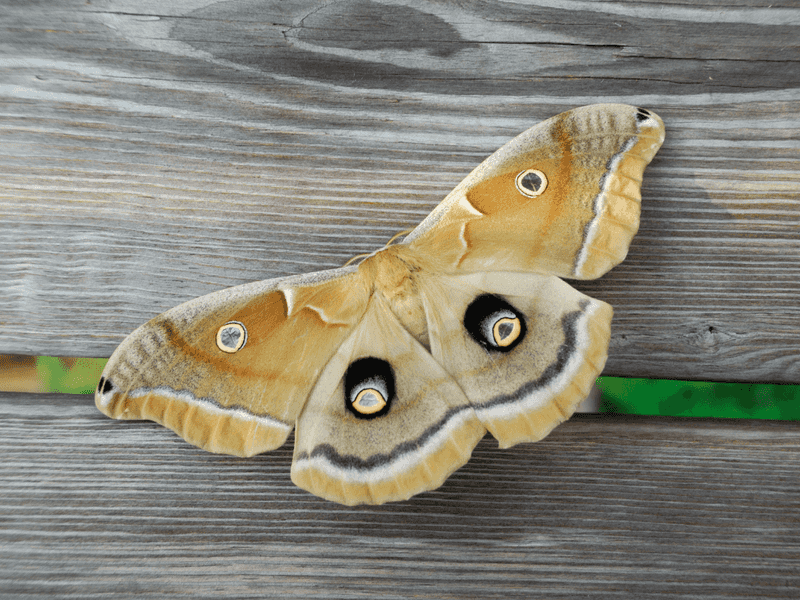
Pantry moths infest stored food products, such as grains and cereals. They can be a major nuisance in kitchens.
Keep food in airtight containers to prevent infestation. Regularly check for signs of larvae and dispose of infested goods. Use pheromone traps to catch adult moths.
Fruit Flies
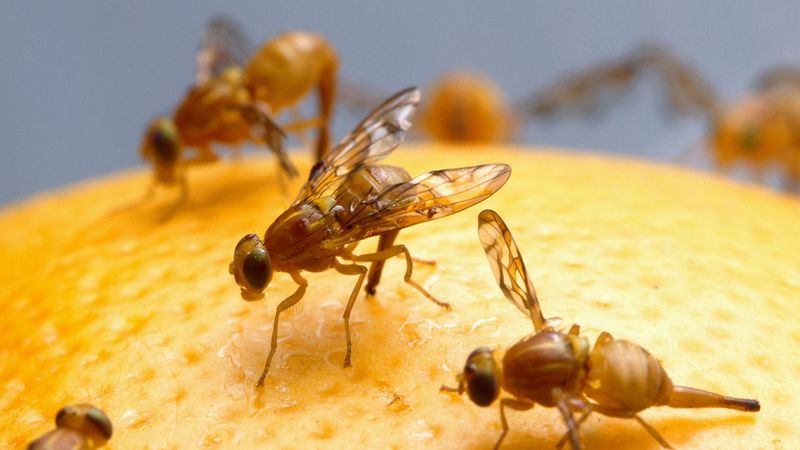
Fruit flies are tiny insects attracted to ripe or fermenting fruits and vegetables. They breed quickly, becoming a nuisance.
Keep produce refrigerated or covered to prevent their attraction. Clean drains and garbage disposals as breeding grounds. Homemade traps with vinegar can capture them effectively.
Carpet Beetles
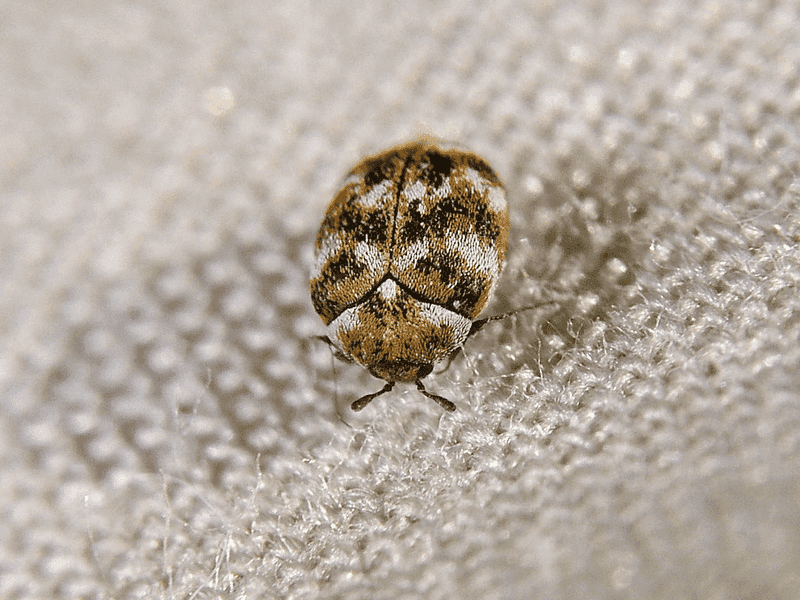
Carpet beetles are small insects that can cause significant damage to natural fibers and fabrics. They are attracted to carpets, clothes, and upholstered furniture, where they lay eggs that hatch into destructive larvae.
Regularly cleaning and vacuuming your home can help prevent carpet beetle infestations. Pay particular attention to areas like baseboards and under furniture. Using insecticides designed for carpet beetles can assist in controlling their numbers.
It’s also wise to store clothes and other susceptible items in sealed containers. Inspect second-hand furniture and fabrics thoroughly before bringing them into your home to avoid introducing these pests.
Scorpions
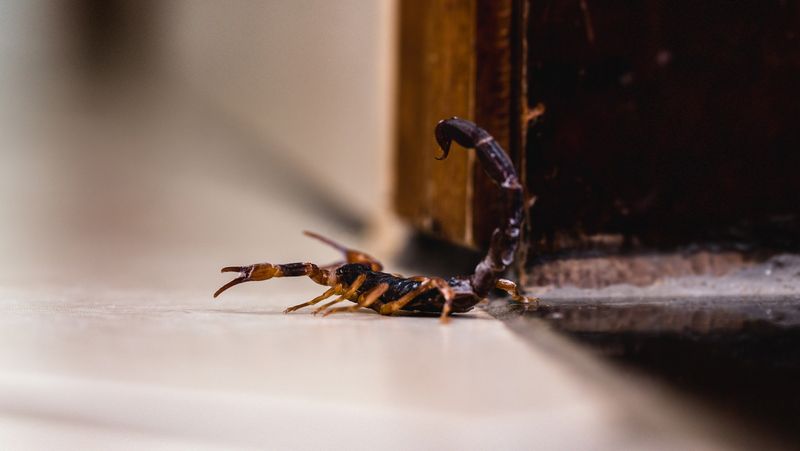
Scorpions are primarily found in the southern U.S. and can deliver painful stings. They seek shelter in homes for warmth.
Seal cracks in walls and foundations to prevent entry. Use scorpion-specific traps and keep clutter away from walls to reduce hiding spots. Professional pest control is advised for infestations.
Crickets
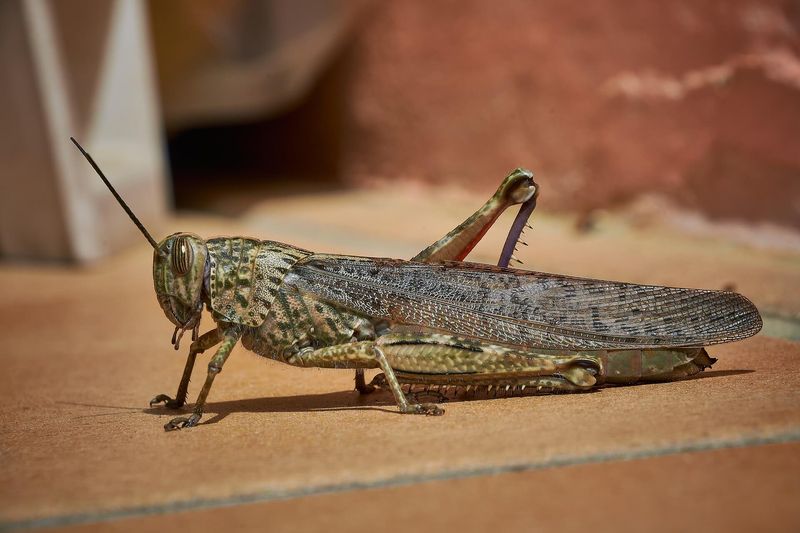
Crickets are nocturnal insects known for their chirping sounds. They can damage fabrics and papers.
Keep areas dry and seal entry points to deter them. Use sticky traps or natural predators like spiders to control populations. Maintaining a tidy home reduces their shelter and breeding sites.

